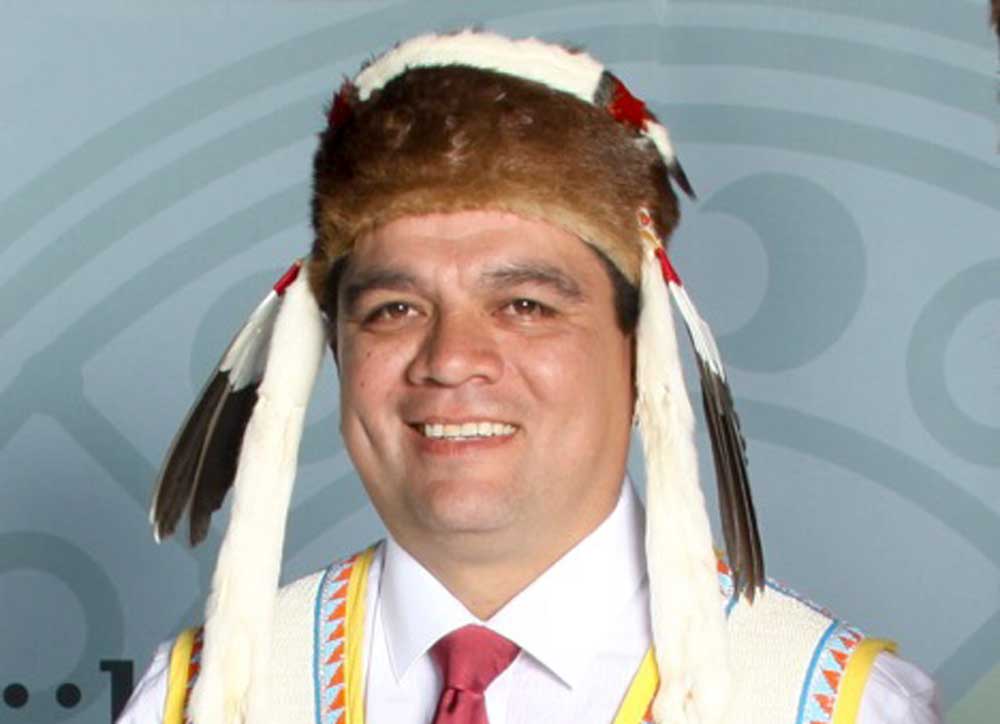SUDBURY – The curious case of the Ontario Crown’s missing annuity increases, often referred to as “treaty money” has entered its second phase, with the province having lost two rounds on the first phase following a ruling in Sudbury by Superior Court Justice Patricia Hennessey turning down Ontario’s attempt to reopen the court’s decision in favour of the Robinson Huron and Robinson Superior Treaty plaintiffs.
The case centres around the failure of the province to increase annuities paid to individual members of the Robinson Huron and Superior First Nations in return for property given over to the Crown. Those annuities have remained stuck at $4 per person since they were last increased in 1874. The cash-strapped Crown at the time of the signing of the treaties (long before Confederation took place) that are at the heart of the issue was not in position to pony up the cash necessary to pay out the value of the land. So the Anishinaabe leadership at the time settled for an annuity to be paid for each member. That annuity was to be increased as revenues from the surrendered territories increased, so long as the province would not suffer a loss after expenses.
Last December, Justice Hennessey ruled in favour of the plaintiffs, judging that the intent was for those annuities to increase regularly. The province attempted to have that judgment reviewed, citing new evidence (a mid-1800s entry in a Jesuit journal from the Fort William Mission). This summer, Justice Hennessey ruled that the new evidence being submitted by the province did not meet the necessary thresholds to reopen phase one.
“To re-open the trial for a marginally significant piece of evidence would be a great injustice to the plaintiffs and an unwarranted demand on judicial reserves,” Justice Hennessy wrote in her judgement. “When considered in the context of this entire case and the body of evidence which was put before the court in the Stage One trial, this entry does not meet the threshold two-pronged test. It does not alter, contradict or shed new light on what was already before the court. It would not probably have changed the result. Its exclusion would not be a prejudice to Ontario nor a miscarriage of justice. It could have been discovered with reasonable diligence. It would not be in the ‘interests of justice’ to admit this evidence.”
Justice Hennessey went on to note that “this entry does not purport to have any impact on the Huron Anishinaabeg who were not present in Fort William during Mackenzie’s visit in the Superior Territory. This fresh evidence could not stand for or support any understanding on their part.”
The province is still in a position to challenge the original decision.
Phase two is now going forward to determine a number of factors, including whether the Crown is immune to the courts on these kinds of court challenges (maintaining that the treaties are nothing more than simple contracts) and limitations on the amounts of liability or compensation. The Crown maintains that the doctrine of laches (ie. that the claimants waited too long to take legal action); limitations or how far back annuity improvements should go; and who is responsible for increasing the annuities—Ontario or Canada— are key issues.
“As far as we are concerned, the Crown is the Crown (whether provincial or federal),” said Wiikwemkoong Ogimaa Duke Peltier, who spent a couple of days sitting through the arguments being presented by each side. “We are disappointed that the province is appealing the decision.” The federal government has chosen not to challenge the court’s earlier decision. Ogimaa Peltier noted that there is disappointment that the whole matter is being decided in the courts, noting that they would much prefer a negotiated settlement. “It is unfortunate that the court has to be the one to be relied upon to decide on this,” he said.
Ogimaa Peltier also notes that, as far as he is aware, Ontario is the only province attempting to claim immunity from what is essentially a treaty.
The court hearings on phase two are slated to continue over the next couple of weeks into early November. A date has not yet been set for phase three deliberations, but is expected to take place some time in April, where the amount of compensation will be set.
The original court challenge seeking the increase in annuities was filed by Mike Restoule, a Nipissing First Nation member, on behalf of the 21 First Nations in the Robinson-Huron Treaty. The original annuity was $1.70 per person when the treaty was signed in 1850, but increased over the following 24 years to 1874, when the increases stopped.




